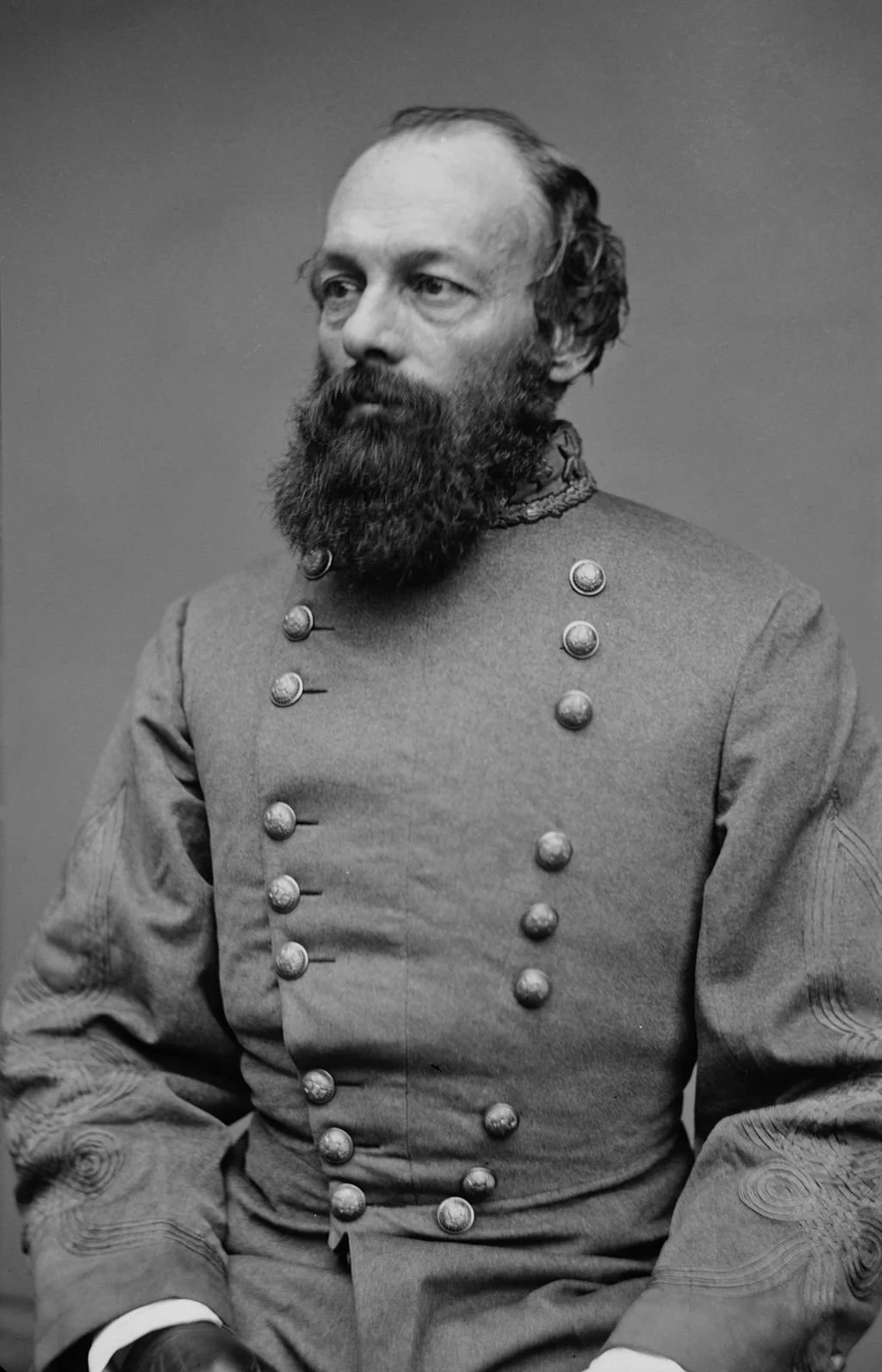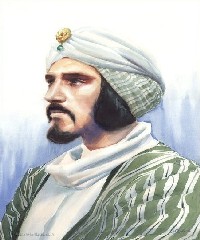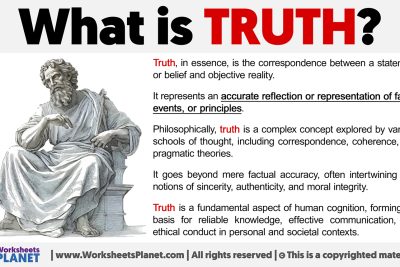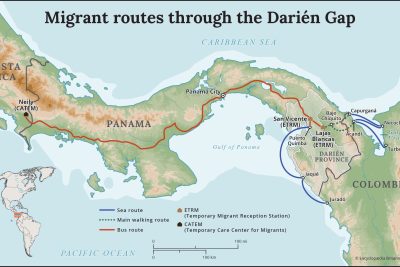
Confederate General Smith and Hassler: A Civil War Legacy

The American Civil War was a profound moment in history, marked by conflict, sacrifice, and complex legacies. Among the notable figures of this turbulent time, E. Kirby-Smith emerged as a key Confederate general who significantly influenced military strategy in the Trans-Mississippi region. His leadership during critical battles and the management of resources in a geographically unique area of the Confederacy illustrated the challenges and perseverance within Confederate ranks. The story of Smith is further complemented by his interactions with prominent individuals, such as Edmund Grant MD, underlining the intricate web of military and medical support that characterized the war effort.
This article delves into the life and legacy of E. Kirby-Smith, exploring his military career, the pivotal moments of his command in the Trans-Mississippi Department, and the lasting impact of his actions on Civil War history. The narrative of Smith and Hassler will serve as a focal point, framing the discussion of a lesser-known yet significant aspect of the Confederate struggle. Join us as we navigate the complexities of Smith's military decisions and his post-war endeavors, offering insights into the enduring legacy of the Civil War era.
- E. Kirby-Smith: A Brief Biography
- The Role of Kirby-Smith in the Confederate Army
- Key Battles and Military Strategies
- The Aftermath of the Fall of Vicksburg
- The Final Surrender of Confederate Forces in Texas
- Post-War Contributions and Legacy
- The Impact of Smith and Hassler on Civil War History
- Conclusion: Reflecting on the Civil War Legacy
E. Kirby-Smith: A Brief Biography
E. Kirby-Smith was born on May 1, 1824, in Amite County, Mississippi. He came from a family with a military background, which likely sparked his interest in a military career. After attending the University of the South for a brief period, he entered the United States Military Academy at West Point. Graduating in 1845, Kirby-Smith began his military service during the Mexican-American War, where he earned valuable combat experience. Following the war, he was involved in several Indian conflicts, honing both his command skills and tactical awareness.
Early Career and Entry into the Confederate Army
Before the outbreak of the American Civil War, Kirby-Smith served in various military capacities, navigating the challenges of frontier defense and Native American relations. However, as tensions escalated between the North and South, he felt compelled to resign from the United States Army and join the Confederate cause. In 1861, he was appointed as a brigadier general and quickly became known for his leadership abilities. His early involvement in battles, such as the First Battle of Bull Run, showcased his tactical mindset and ability to adapt to rapidly changing battlefield conditions.
The Role of Kirby-Smith in the Confederate Army
As the Civil War progressed, Kirby-Smith's role within the Confederate Army expanded significantly. His appointment to key leadership positions underscored his growing importance to the Southern war effort. In 1862, he was made a major general and subsequently assigned to command the Trans-Mississippi Department, an area that would become his primary theater of operations throughout the war.
Commanding the Trans-Mississippi Department
The Trans-Mississippi Department was a vast and diverse region, stretching from the Mississippi River to the Pacific Ocean. This area faced unique challenges, particularly after the fall of key Confederate strongholds such as Vicksburg in 1863. Under Kirby-Smith's command, the focus was on maintaining order and ensuring that the troops had sufficient supplies, particularly in light of the Union's blockade strategies aimed at crippling Confederate resources.
Kirby-Smith's ability to maintain a degree of self-sufficiency in this isolated region was notable, as he implemented agricultural initiatives and resource management strategies to support his forces. His leadership skills and tactical foresight helped inhibit Union advances into the territory, holding onto control for an extended period.
Key Battles and Military Strategies
Kirby-Smith's military strategies during key battles in the Trans-Mississippi region reflect his adaptability and resilience. One of the most significant battles was the Battle of Richmond, where he faced Federal forces head-on. His strategic positioning and the effective deployment of troops led to a resounding Confederate victory. This success not only bolstered morale within his ranks but also paved the way for further attempts to harass Union supply lines and disrupt their operations in Kentucky and Tennessee.
Responding to Union Threats
Throughout his command, Kirby-Smith developed several innovative strategies to counter Union offensives. He understood the importance of intelligence and guerrilla tactics, often utilizing local knowledge to outmaneuver larger Union forces. His ability to assess battlefield dynamics resulted in a series of skirmishes and smaller engagements, effectively prolonging the conflict in the Trans-Mississippi region despite an overall decline in Confederate resources.
The Aftermath of the Fall of Vicksburg
The fall of Vicksburg in July 1863 marked a turning point for the Confederacy, cutting off the Trans-Mississippi Department from reinforcements and supplies from the Eastern front. Despite these setbacks, Kirby-Smith managed to sustain control of his territory for nearly two additional years. He redirected focus towards local defense and the establishment of a stable supply chain through captured resources and local agriculture.
Adapting to a New Reality
In the aftermath of Vicksburg, Kirby-Smith continued to build a resilient fighting force. His management of logistics transformed the Trans-Mississippi Department into a self-sustaining military unit. Additionally, he fortified existing positions to slow down potential Union advances, demonstrating a profound understanding of defensive warfare principles.
The Final Surrender of Confederate Forces in Texas
The conclusion of the Civil War brought about significant changes for the South. Following General Lee's surrender at Appomattox Courthouse in April 1865, news of the Confederacy's collapse reached Texas, where Kirby-Smith commanded the last significant body of Confederate troops. On June 2, 1865, he made the difficult decision to surrender his forces, effectively marking the end of organized Confederate military resistance in the region.
Challenges of Surrender
Surrendering was not only a strategic decision but also a deeply personal one for Smith and Hassler. The realization that their cause had ultimately failed weighed heavily on many Confederate leaders. Smith’s decision to surrender without further bloodshed has been interpreted by some historians as a move towards reconciliation, aiming at a peaceful transition for the people of Texas and the South. However, the psychological impact of this decision lingered for years, influencing post-war narratives and personal legacies.
Post-War Contributions and Legacy
After the war, E. Kirby-Smith faced a dramatically different landscape. The South was in ruins, with communities decimated and a need for reconstruction looming large. Kirby-Smith leveraged his military background to contribute to educational initiatives in the region. He became a significant figure in establishing a military academy and later served as president of the University of Nashville, indicating his commitment to shaping the next generation of students and leaders.
Teaching and Academic Pursuits
Eventually, he settled into a role as a mathematics instructor at the University of the South, utilizing his analytical skills developed during his military service. His dedication to education and the mentorship of young minds epitomized his transition from military leader to academician, emphasizing the importance of nurturing knowledge in a post-war context.
The Impact of Smith and Hassler on Civil War History
The legacy of E. Kirby-Smith is multifaceted, extending beyond the battlefield into educational and social spheres. Alongside figures like Edmund Grant MD, who played critical roles in medical support during the war, Kirby-Smith's contributions are often overlooked. Their efforts during the conflict highlight the interconnected nature of military and civilian roles in the South's war experience.
Reassessing Historical Narratives
Understanding the legacies of Kirby-Smith and Hassler invites a nuanced reassessment of Civil War narratives. Their interactions and collaborations provide perspective into how Southern communities adapted to the conflicts and rebuilt after the war. These stories are essential for comprehending the broader implications of the war, as well as its enduring impact on American society.
Conclusion: Reflecting on the Civil War Legacy
In conclusion, the life of E. Kirby-Smith serves as a compelling case study of leadership amid crisis and the complexities of conflict resolution. His command in the Trans-Mississippi Department illustrates his adaptive strategies and tactical prowess during a turbulent time in American history. The partnership and experiences with individuals like Smith and Hassler shape an enduring legacy that transcends military accomplishments, extending into education, reconciliation, and shaping the future.
Reflecting on the legacy of the Civil War, it is crucial to comprehend the individual stories of key figures, including those like Kirby-Smith, who navigated tremendous challenges and impacts during and after the war. As we delve into the nuanced aspects of this era, we gain a deeper appreciation of the myriad influences that shaped not only the course of the Civil War but the trajectory of American history in the subsequent years.
Did you find this article helpful? Confederate General Smith and Hassler: A Civil War Legacy See more here Education.
Leave a Reply






Related posts